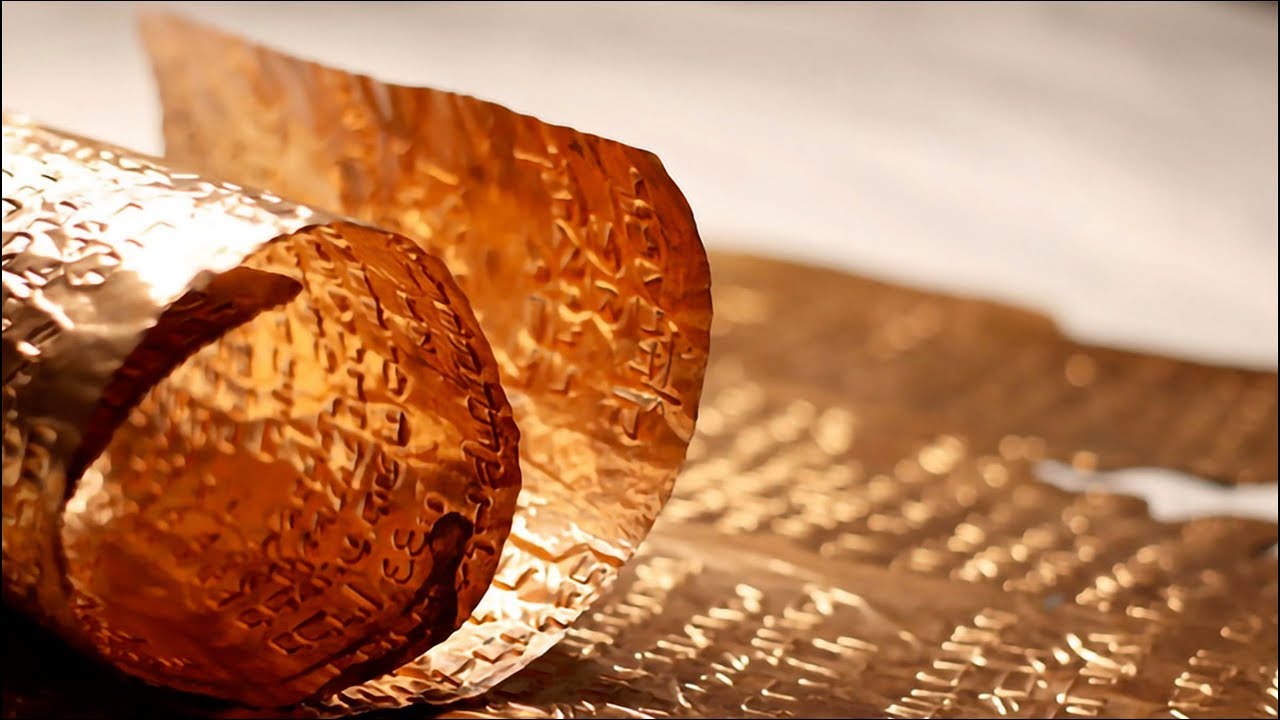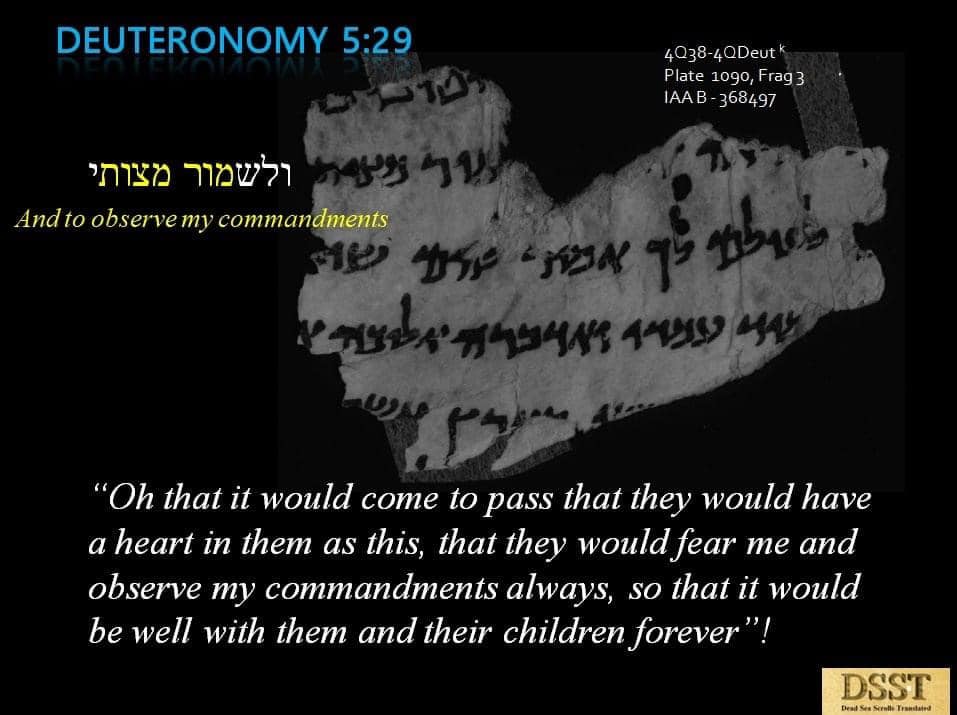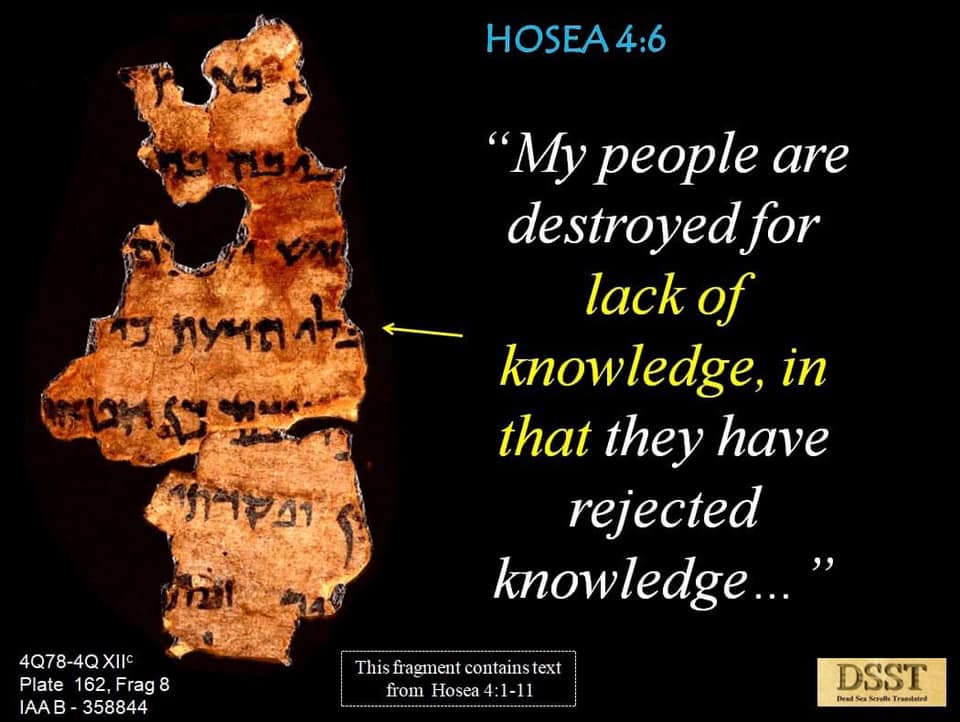The Isaiah Scroll
Your country lies in ruins, and your towns are burned. Foreigners plunder your fields before your eyes and destroy everything they see. – Isaiah 1:7
The Isaiah manuscript is one of the seven scrolls discovered in Qumran in 1947. It is the largest and best preserved scroll among the Dead Sea Scrolls library, and represents the only biblical book that has survived in its entirety. The fifty-four columns contain all sixty-six chapters, without a marked division between what modern scholarship regards as First and Second Isaiah. The scroll is one of the oldest Dead Sea Scrolls – it dates from about 100 BC and is older by about one thousand years than the oldest biblical manuscripts (such as the Aleppo Codex) known prior to the Qumran finds. The text, which is written clearly enough to be understood immediately by readers of modern Hebrew, substantiates to a remarkable degree the wording and orthography of medieval manuscripts.




Keep In Touch